Nuove inchieste sul Massacro di Ballymurphy
Ballymurphy families claim soldiers admitted to firing on civilians
As fresh inquests are ordered into 1971 killings, activists say they have testimony that challenges army’s version of events
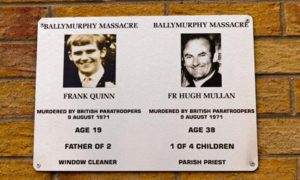 Statements have been uncovered from paratroopers admitting they fired up to 30 shots into civilians during the killing of 10 people in west Belfast, the victims’ families have claimed.
Statements have been uncovered from paratroopers admitting they fired up to 30 shots into civilians during the killing of 10 people in west Belfast, the victims’ families have claimed.
Relatives and campaigners for 10 people the Parachute Regiment killed seven months before the 1972 Bloody Sunday killings said they had uncovered soldiers’ testimony that called into question the army’s official version.
The military has always maintained the troops opened fire after coming under attack with gunfire and petrol bombs in the Ballymurphy estate in August 1971. But families of the dead, who included a mother of eight and a Catholic, have maintained their loved ones’ innocence.
Northern Ireland’s attorney general ordered on Tuesday that 10 new inquests must be held in connection with the army shootings. Families of the victims said the decision by John Larkin was an important step to obtain justice.
John Teggart, whose father was shot dead by the paratroopers, said the Larkin’s decision was “yet another milestone on the road to a full international inquiry into the massacre”.
He said in the course of their campaign they received statements from the troops, which were later redacted by the Ministry of Defence. “The original statements show among other things that one victim was hit with 30 rounds. We are delighted that there will be new inquests as the original ones were flawed back in 1972,” Teggart said.
The families have carried out a long-running campaign for an independent inquiry into the killings. They have called for any inquiry to explore the possibility that some of the soldiers responsible for firing on their loved ones in Belfast were part of the same unit that later carried out the Bloody Sunday killings in Derry.
The Ballymurphy campaigners point to the evidence of Soldier A, who during testimony to the Saville inquiry said that prior to Bloody Sunday he had been in Ballymurphy around August 1971 on deployment.
Ten people were shot dead during the shootings and another man died from what the families claim was a related incident. During the killings troops are alleged to have fired on the funeral party of a man who had accidentally drowned a few days earlier near the district. It is also alleged that members of the loyalist Ulster Volunteer Force joined in the fighting on the side of the army, firing on the nationalist area from the nearby Protestant Springmartin housing estate.
The Northern Ireland Office has ruled out any public inquiry into the killings, which would be similar to the Bloody Sunday tribunal. The families say an international-based inquiry would not last as long or be as costly as the multimillion-pound Bloody Sunday inquiry, which was the longest in British legal history.

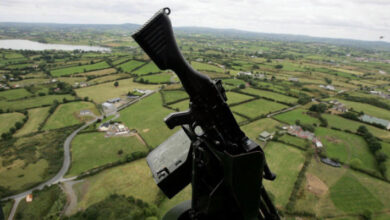
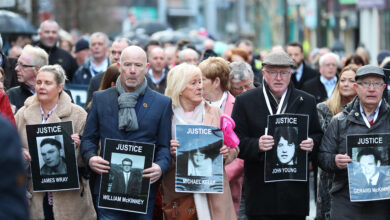
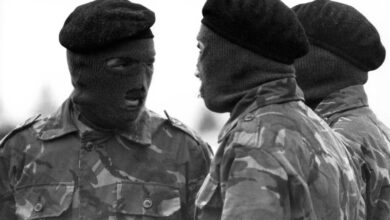
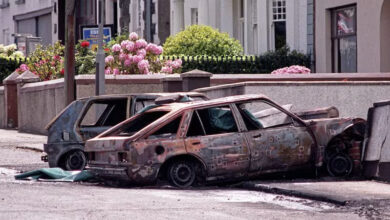
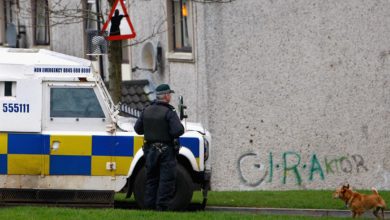
i was there when father mullan was shot,you could not miss that he was a priest, he was holding a white hanky high above his head you could not miss it from 200 yards, i was not far away from him with my friend
Uh, what a horrible experience you lived!